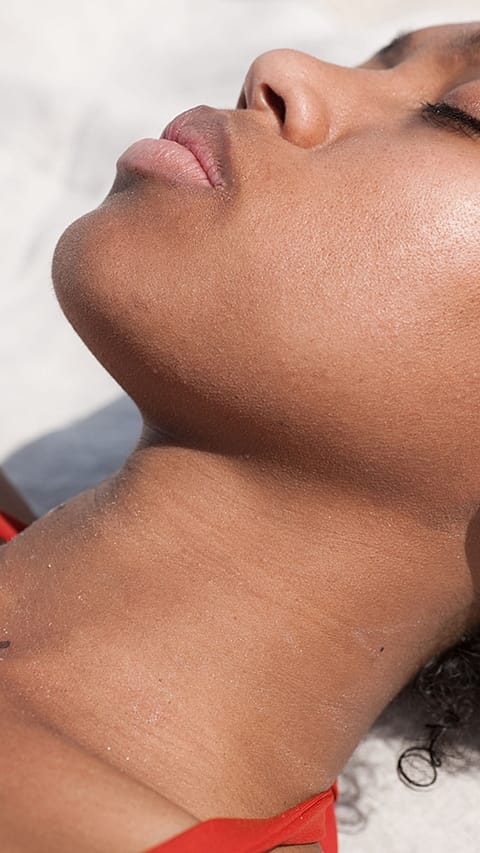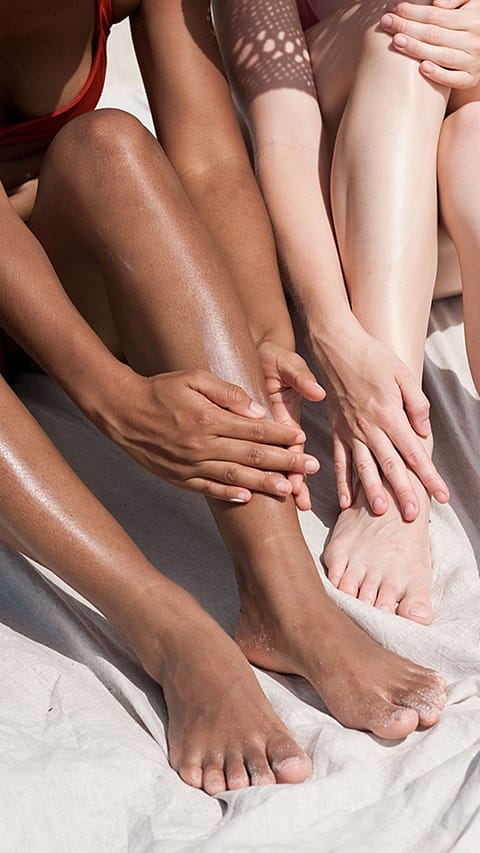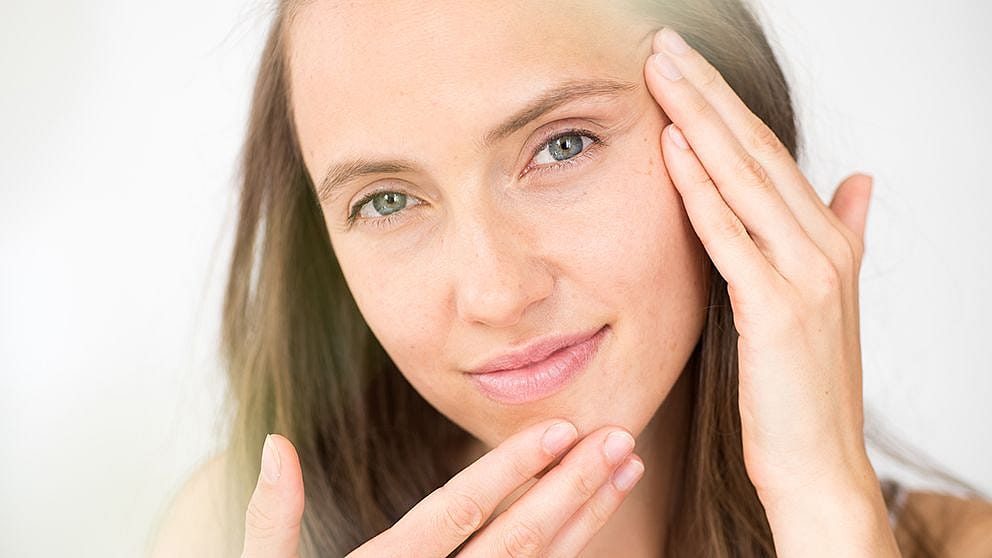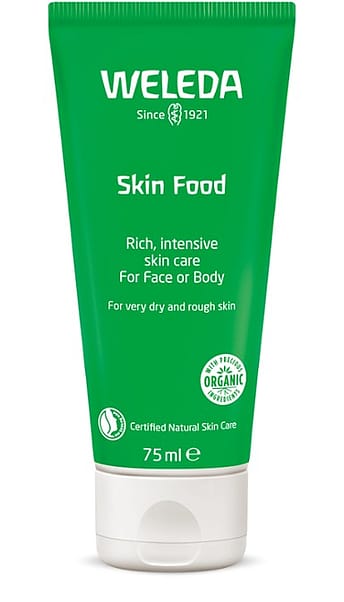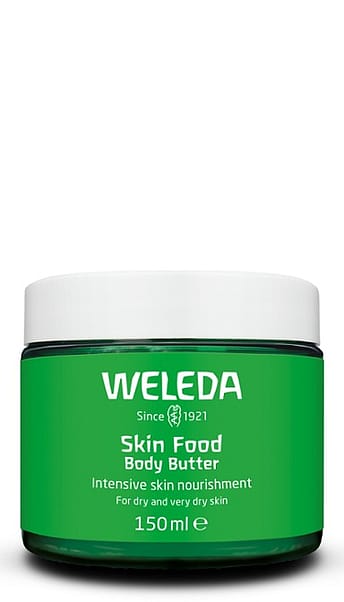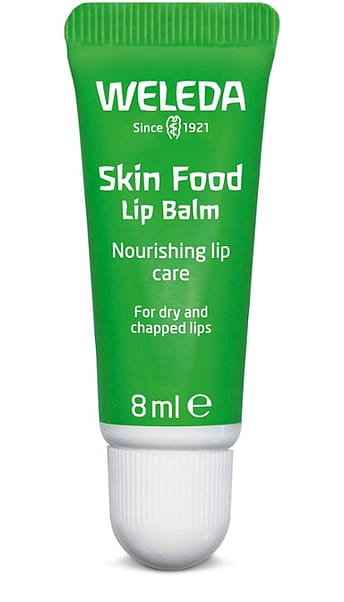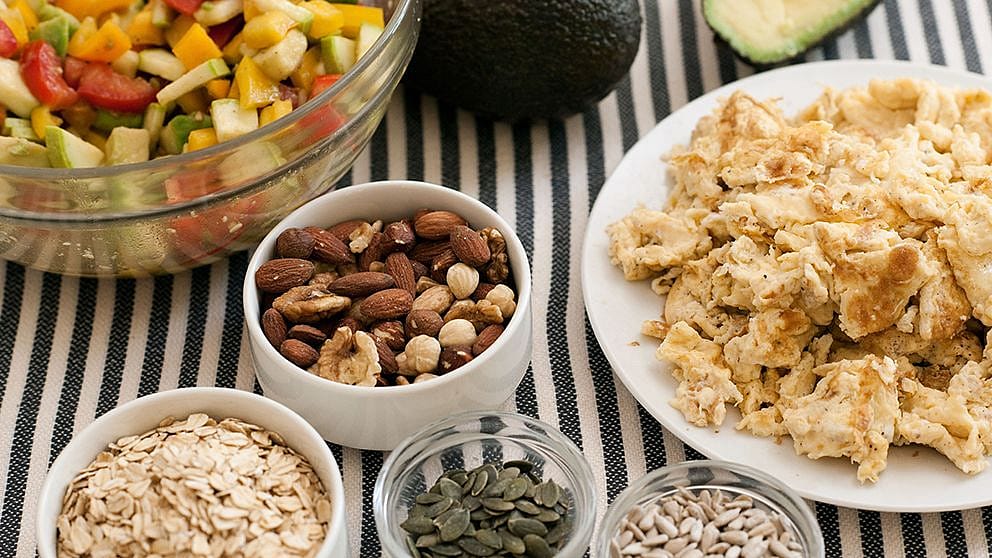Healthy skin: why a balanced microbiome is important
How the microbiome influences our skin and how we can support it
Our skin, together with its microbiome, protects us from external influences. If the bacteria on our skin are in equilibrium, the skin can optimally fulfil its protective functions.
The unique protective function of our skin
With its surface area of one to two square metres, our skin forms a barrier to the outside world – making it our outermost protective layer. It forms our boundary to the outer world and shields us from external influences. It also prevents us from excessive fluid loss. In order for the skin to fulfil its protective functions optimally, not only the processes in the skin but also its interaction with the microbiome – also known as the skin flora – need to function well.
What is the microbiome?
The microbiome is a collective term for all the microorganisms that reside in and on our bodies, especially the bacteria and fungi that live in symbiosis with us. They help to strengthen our immune system and help fight off germs. Every human being harbours approximately as many microorganisms as body cells – about 20 to 40 trillion. However, the number can vary greatly, for example due to the use of antibiotics. These microorganisms live in and on different parts of our body, such as on the skin, in the mouth or in the intestines.
Our skin flora, the skin microbiome
The skin microbiome consists of myriad microorganisms that live naturally on the skin and in the uppermost layers of the skin. A healthy skin microbiome includes not only bacteria but also fungi and viruses. These microorganisms have specialised in living on our skin. They feed on dead skin cells, sebum, sweat, and the skin’s natural oils. They also support the skin’s various functions and processes. For example, they contribute to the skin’s acidic pH, help maintain its natural barrier functions and defend against pathogens.
The role of the skin microbiome
Microorganisms exist in symbiosis with the skin, meaning that their coexistence is useful and necessary for them both. Being in healthy balance with the skin microbiome enables the skin to optimally fulfil its protective functions. In short, healthy skin has a healthy microbiome – and vice versa.
Composition of the skin microbiome
The microbiome is not structured in the same way in all skin areas. The composition of the microorganisms depends on whether the skin areas are more dry or oily. It also differs from person to person. A similar differentiation can be found in ecosystems, in which the composition of living organisms depends on environmental conditions. For example, both desert and rainforest have stable ecosystems – but the plants and animals that inhabit them are different. And even a rainforest or a desert is not the same everywhere, but is different depending on the continent.
Why the microbiome should be in balance
Having a large diversity of species is important for the stability and balance of an ecosystem. The higher the level of biodiversity, the better the ecosystem can withstand environmental changes and remain stable, balanced – and therefore healthy – as a whole. This also applies to the microbiome of the skin. The higher the bacterial diversity, the better the interaction of the microorganisms with the skin can prevent excessive growth of a single species or pathogen. This helps the skin to maintain a healthy equilibrium.
Our products for a balanced skin microbiome
Research into the interaction between microorganisms and the skin and how this can be positively influenced is still in its infancy. More research is needed to better understand the effects of personal care and skin care products. We are in the process of deepening our knowledge of the skin microbiome and have started testing* Weleda cosmetic products. The following products are skin microbiome-friendly:
More microbiome-friendly products and information to follow.
4 tips to support the microbiome in and on your skin
- Avoid excessive hygiene: Showering too hot and too often will wash away beneficial microorganisms from the skin. This makes it difficult for our skin to stay in balance. It often reacts by becoming too dry or oily, which can lead to dandruff, pimples or acne.
- Healthy diet: By eating a varied diet of fresh foods, we can increase the bacterial diversity in our intestines. Gut bacteria thrive on fibre-rich foods such as fruits, vegetables, nuts, legumes and whole grains. Fermented foods also contain bacteria that are beneficial for the gut.
- Reduce stress: To keep body, mind and spirit in balance, it’s important to make time for self-care routines on a regular basis. Spending time in nature is not only relaxing, it’s good for you and your microbiome.
- Avoid unnecessary antibiotics: Antibiotics not only affect pathogens but also the beneficial bacteria in our gut, and it takes the intestinal flora a long time to recover. Reduced bacterial diversity also weakens our immune system.


